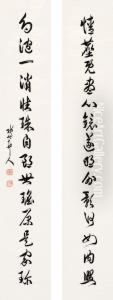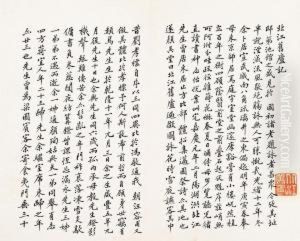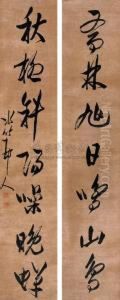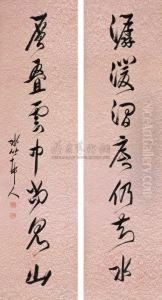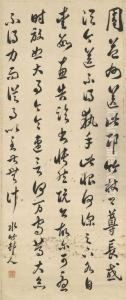Xu Shichang Paintings
Xu Shichang was not an artist in the traditional sense of a painter or sculptor, but rather a political figure in early 20th century China. Born on October 20, 1855, in Tianjin, Xu was a prominent politician and scholar during the late Qing Dynasty and the early years of the Republic of China. He is best known for serving as the President of the Republic of China from October 10, 1918, to June 2, 1922.
Xu Shichang was educated in the Confucian classics and passed the imperial civil service examinations with high honors, which allowed him to embark on a career in government service. He served in various capacities under the Qing dynasty, including as an advisor to Yuan Shikai, who was a powerful military leader and the first President of the Republic of China after the fall of the Qing dynasty in 1912.
During his presidency, Xu Shichang attempted to unify the war-torn nation, which was fraught with conflict between different regional warlords. His tenure was marked by his efforts to bring stability to China through political and military means, including negotiating with various factions and trying to establish a central government. However, his presidency was also characterized by limited control beyond the capital due to the fragmented nature of Chinese politics at the time.
Xu's term as president was overshadowed by his reliance on the Beiyang Army and its warlords, which led to criticism and a lack of support from the southern, more progressive factions of the republic. In 1922, facing increased pressure and the lack of a strong power base, Xu resigned from the presidency.
After stepping down, Xu Shichang lived a relatively quiet life, withdrawing from political affairs. He passed away on June 5, 1939, in Beijing. Although his contributions to art are not his legacy, his involvement in the political and social fabric of early Republican China was significant in the context of the country's modern history. Xu's life intersected with a pivotal period of transformation and upheaval, as China transitioned from imperial rule to a republic and struggled with internal divisions and the pressures of modernization.
